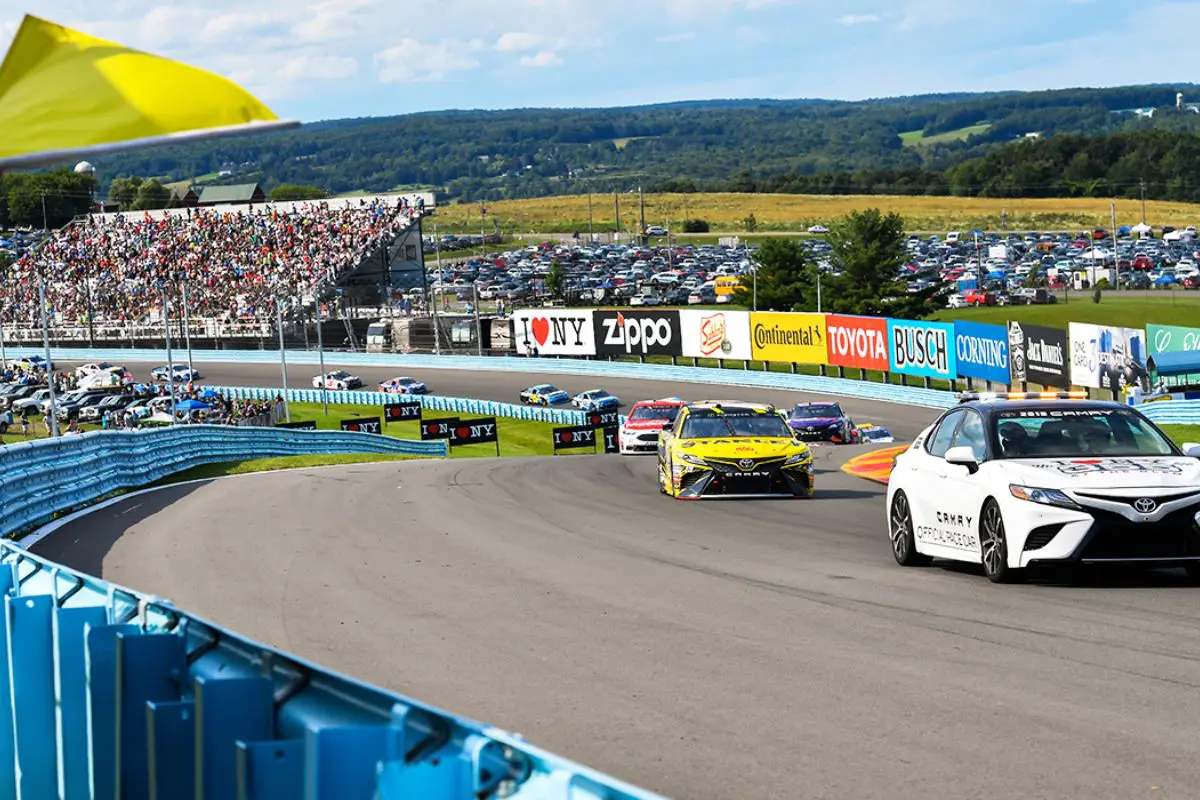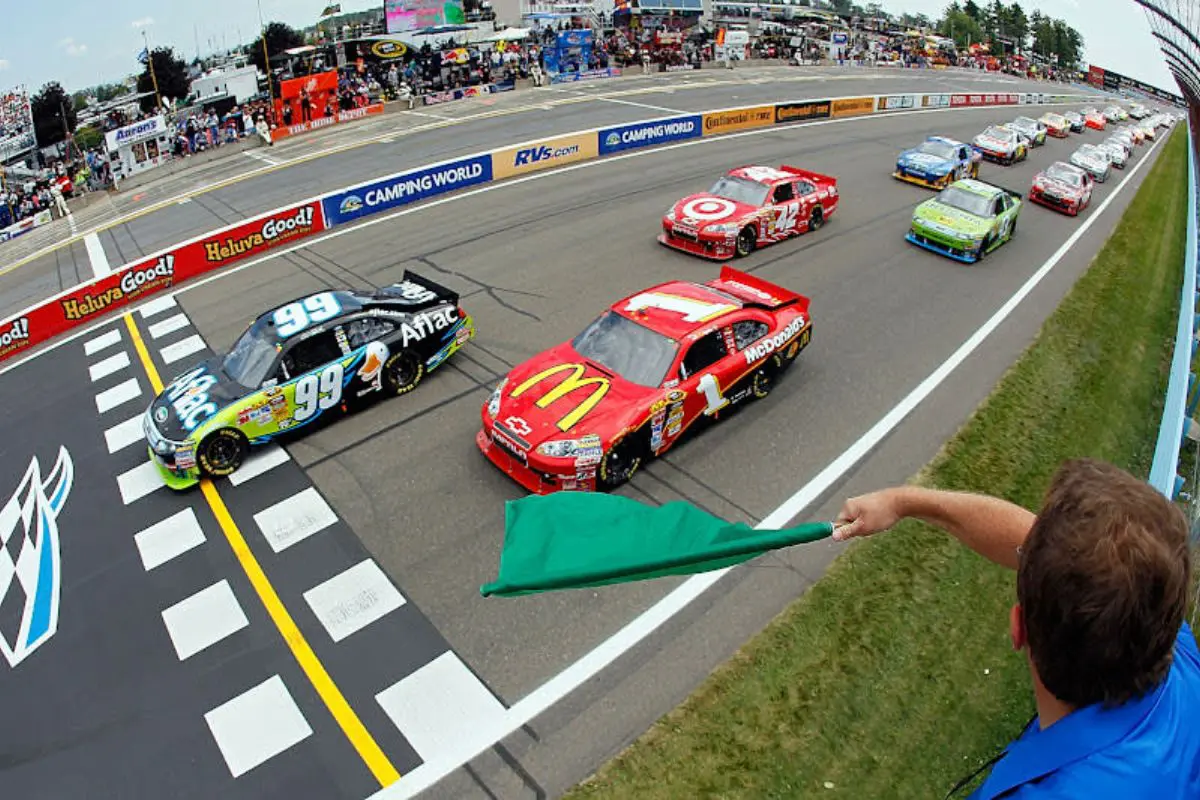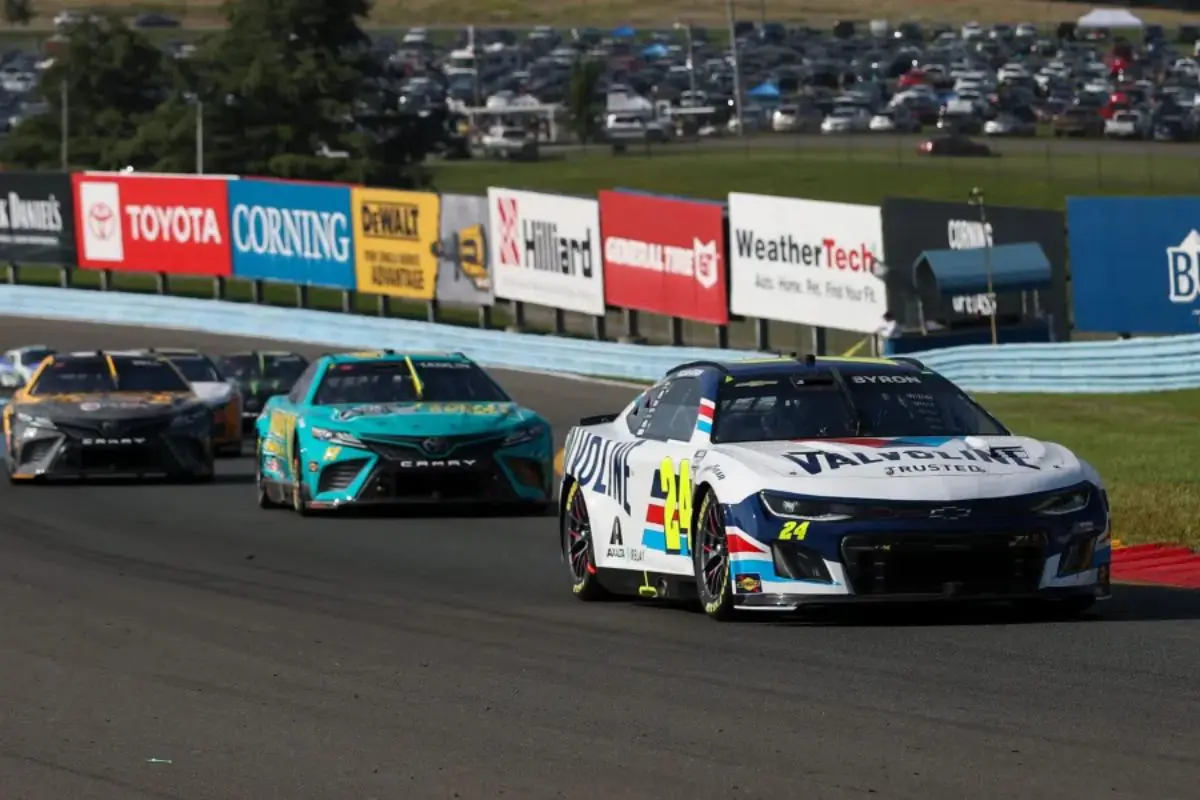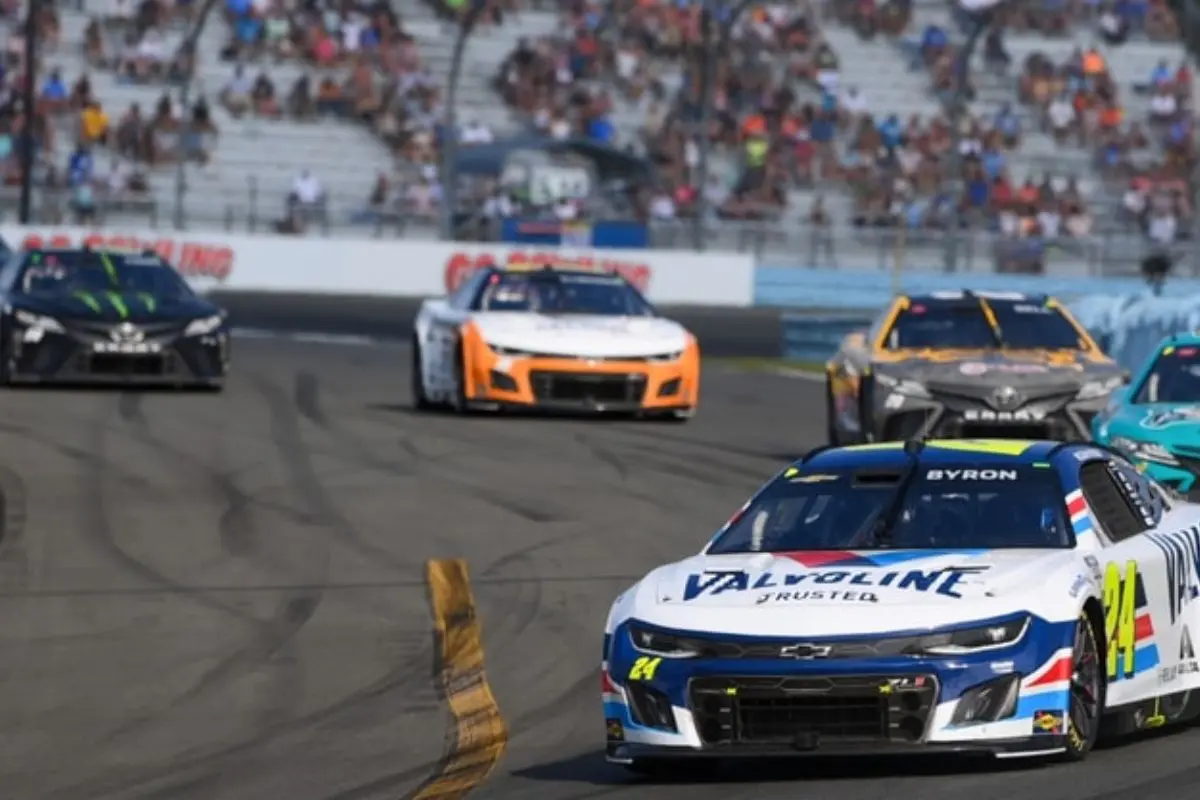Watkins Glen’s Most Dangerous Spot: Turn 11 at Watkins Glen International stands out as a critical focal point in the competitive landscape of motorsports, particularly during playoff events. Insiders reveal that its challenging geometry not only complicates driver handling but also exacerbates visibility issues, raising the stakes for championship contenders. Historical incidents involving notable drivers serve as a striking reminder of the potential hazards inherent to this corner. As teams recalibrate their strategies in response to these dangers, the question remains: how will the evolving dynamics of tire technology and driver feedback further influence the high-stakes environment surrounding this notorious turn?
Key Highlights
- Turn 11 at Watkins Glen is notorious for visibility issues, complicating drivers’ approaches and spotters’ views during critical moments.
- Historical crashes, including those involving Geoff Bodine and Jimmie Johnson, highlight Turn 11’s potential to disrupt races and playoff hopes.
- The 2023 race showed a shift in strategies, with drivers prioritizing precision to avoid the chaos typical of Turn 11.
- Goodyear’s new tire compound introduces significant tire degradation, complicating pit strategies and increasing risk at Turn 11.
- Insiders emphasize that Turn 11 remains a crucial point where race outcomes and playoff aspirations can be severely impacted.
Focus on Turn 11 at Watkins Glen International
At the heart of Watkins Glen International‘s challenges lies Turn 11, the final corner on the 2.45-mile road course that has garnered a notorious reputation among drivers and spotters similarly. This turn, positioned beneath an overbridge, creates a unique set of visibility and safety challenges, making it a focal point of concern for NASCAR insiders.
The geometry of Turn 11 not only complicates the drivers’ approach but also obscures spotters’ line of sight, leading to heightened risk and unpredictable outcomes.
Historically, Turn 11 has been the site of numerous notable crashes, including incidents involving Geoff Bodine in 1989, Jimmie Johnson in 200, and Jeff Gordon in 2009. These events highlight the inherent dangers associated with this corner.
Spotters such as Brett Griffin and TJ Majors have articulated the challenges they face when incidents occur under the bridge, noting that visibility is severely compromised. Majors pointed out that wrecks in this area often go unnoticed until it is too late, with cars unexpectedly spinning out of view.
“We’ve had some big wreck out of (Turn) 11. (Turn) 10, they’ve paved all that, there was a sand trap one time when we blew through it with Dale Jr. with no brakes.” – Majors
“Turn 11 is really hard for spotters because when they wreck under that bridge, you can’t see.” – Griffin
The consensus among insiders is clear: Turn 11 poses a unique threat that can disrupt not only individual races but also playoff aspirations.
There are a bunch of new variables at Watkins Glen this year 🚌🐢🛞 pic.twitter.com/tJ1wU9JIXq
— Dirty Mo Media (@DirtyMoMedia) September 11, 2024
Given its treacherous nature, it is imperative for teams to strategize effectively around this corner, as its potential for chaos can greatly impact race outcomes. As the playoffs approach, understanding the dynamics of Turn 11 becomes paramount for drivers aiming to navigate this perilous section of the track unscathed.
2023 Race Performance and Crash Statistics
Three consecutive races at Watkins Glen International have illustrated a significant evolution in race performance and crash dynamics. Particularly, the 2023 race, which saw William Byron claim victory, was unprecedented in its lack of crashes, marking a departure from the track’s historically perilous reputation. The absence of incidents raises questions about shifts in driver strategies, vehicle setups, and perhaps even the psychological approach to racing at this complex circuit.
In contrast, the previous year’s event reflected a more chaotic environment, with several considerable crashes that disrupted the flow of the race. This inconsistency highlights the dynamic nature of racing at Watkins Glen, where external factors such as weather conditions, track surface changes, and tire wear can dramatically influence outcomes.
The evolution of the race strategies employed by teams could also be a contributing factor. Teams may have adapted their approaches to mitigate risks, focusing on precision and control rather than aggressive tactics that historically led to accidents.
Furthermore, the lack of crashes in 2023 suggests a potential maturation in driver behavior, where athletes have begun to prioritize racecraft and consistency over reckless aggression. This shift could revolutionize competitive dynamics at Watkins Glen, leading to cleaner races in the future.
With the increasing stress to perform in the playoffs, understanding these trends becomes essential for teams and drivers aiming for success amidst the challenges of one of motorsport’s most treacherous tracks.
New Tire Compound for Watkins Glen
The recent advancements in tire technology will play an essential role in the upcoming playoff race at Watkins Glen, particularly with Goodyear’s introduction of a new tire compound. This groundbreaking compound is anticipated to induce a tire fall-off of approximately three seconds, a substantial factor that could impact race strategy and performance.
As the NextGen car has exhibited challenges in overtaking rivals due to its braking limitations, the new tire could provide a critical advantage, enabling drivers to maintain better control and higher speeds throughout the event.
The nature of tire degradation means that as the race progresses, teams must adapt to the evolving grip levels on the track. The prospect of improved grip from fresher rubber could alter race dynamics, especially in the pivotal moments leading up to the end of each stage.
With Stage 1 consisting of 20 laps and Stage 2 extending to 40 laps, teams will need to assess their tire management strategies carefully. The pit road’s closure with two laps remaining adds another layer of complexity, compelling teams to balance the risk of pushing their tires too hard against the potential benefits of fresher rubber in the closing laps.
Thus, the new tire compound is not merely an improvement; it represents a tactical element that could dictate the outcome of the race. Teams that effectively navigate tire management and capitalize on the compound’s advantages will likely position themselves as frontrunners in the battle for playoff rivalry at Watkins Glen.
Tire Testing and Drivers’ Feedback
While the new tire compound promises to improve performance at Watkins Glen, the insights gained from tire testing conducted by drivers Tyler Reddick, Austin Cindric, and Daniel Suarez offer a crucial perspective on its effectiveness. Conducted in June, this testing phase revealed that the tires could lose between two to five ticks of time as they aged during a run. Such data is critical for drivers and teams as they strategize for the upcoming playoff opener.
The feedback from these drivers highlighted several key findings regarding the new tire compound:
- Durability Concerns: Drivers noted that while the tires initially performed well, their degradation rate may necessitate early pit stops, potentially impacting race strategies.
- Handling Characteristics: Reddick, Cindric, and Suarez provided insights on how the tire compound influenced grip levels, particularly in high-speed corners and during braking zones.
- Temperature Sensitivity: The drivers emphasized the importance of managing tire temperatures, as overheating could exacerbate wear and affect overall performance.
As teams analyze the data captured from sensors alongside drivers’ observations, the implications for tire management and race strategy become increasingly important.
The interplay between tire longevity and speed will be a focal point in upcoming races, particularly in the context of the playoff format. With this invaluable feedback, teams are better equipped to navigate the challenges posed by Watkins Glen, ensuring that they optimize their performance while minimizing the risks associated with tire degradation.
News in Brief: Watkins Glen’s Most Dangerous Spot
Turn 11 at Watkins Glen International remains a notable hazard within the racing landscape, with its unique geometry contributing to visibility challenges and heightened risks during critical playoff moments. Historical incidents emphasize the potential for catastrophic outcomes, prompting teams to adapt strategies accordingly. The introduction of a new tire compound and subsequent testing highlight ongoing efforts to improve performance and safety. Ultimately, the complexities surrounding Turn 11 will continue to influence championship trajectories in the future.
ALSO READ: Watkins Glen NASCAR Playoff Debut: Key Stories and Surprises to Watch This Weekend




